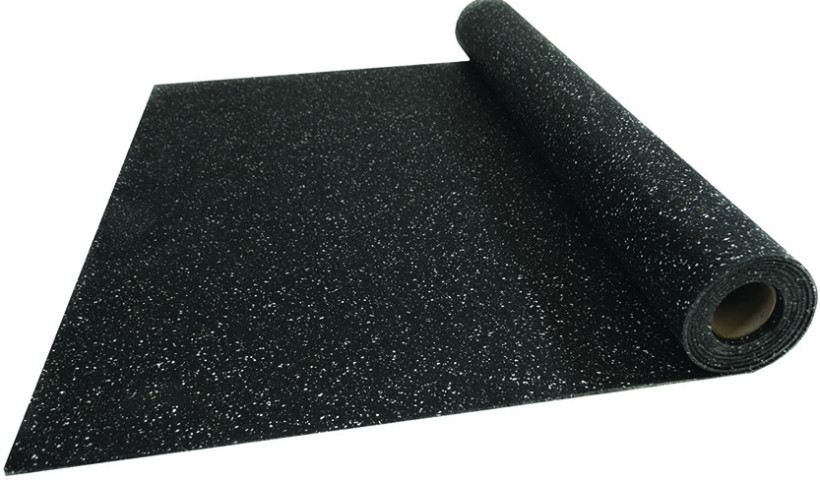
Laminate wood flooring by Balterio is made from 100% natural products and is a popular choice because it has responsible manufacturing processes that support the environment and are highly sustainable.
Timber hardwood floors require the harvest of old-growth trees whereas laminate timber flooring is made from composite material such as sawdust, wood chips and other post-consumer wood products. 70% of the material in Balterio High Density Fibreboard core is recycled, boosting its sustainability. A wood grain image is applied over the top of this composite giving the floor the appearance of traditional wood.
Using the latest in reproduction quality ensures the Balterio laminate flooring is indistinguishable from real timber. Designers can create the look of rare and exotic timbers without any harm to forests.
Balterio belongs to the European Brand Producers of Laminate Flooring (EPLF) which are pioneers in sustainability. Members commit to manufacturing without the use of pesticides, organochlorine compounds or harmful heavy metals. Laminate contains no polyvinyl chloride (PVC) and is free from softeners. Balterio also run their own biomass power plant in which they convert waste material into energy for their production.
Environmentally friendly resins and binders are utilised in manufacturing. Combine this with a durable surface finish using aluminium oxide, fewer chemicals are required to keep it clean. Laminate flooring is mostly installed as a floating floor so there is no glue or adhesives used in the installation process. This is not only better for the environment but is healthier indoors.
Laminate floors can be easily repaired or recycled prolonging use. A single damaged board can be removed and replaced or in the case of a renovation, flooring can be pulled up, recycled, or ground up and composted. The lack of synthetic chemicals makes all these options safe for the environment.













 New Products
New Products









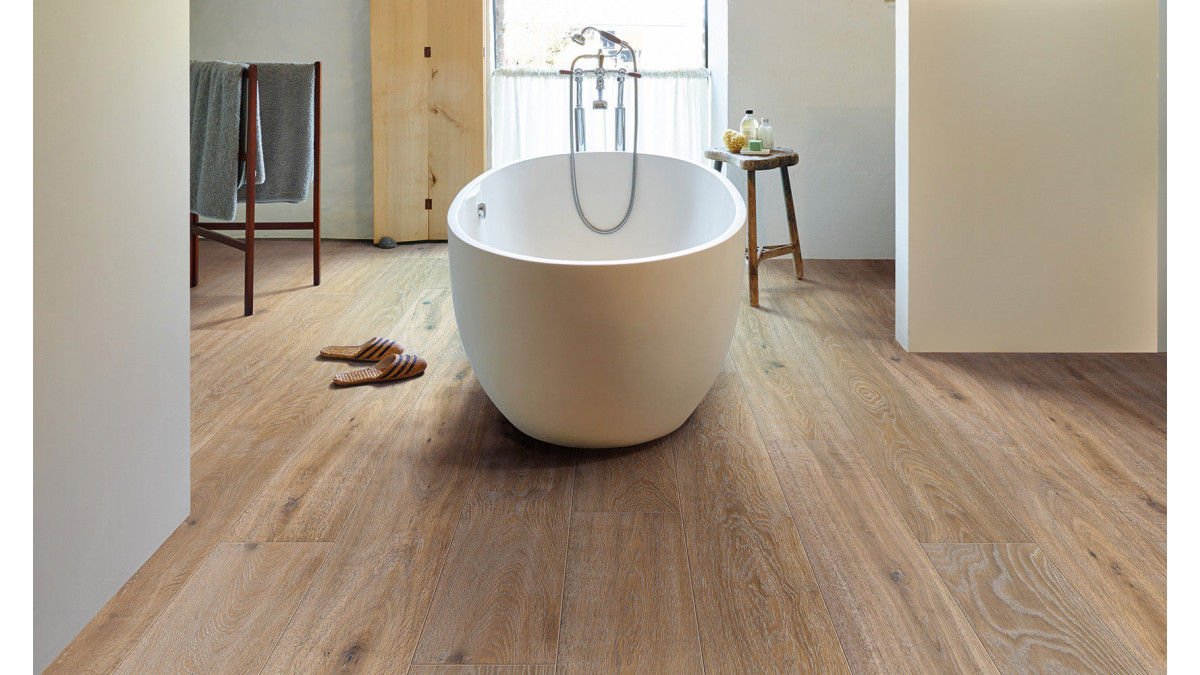

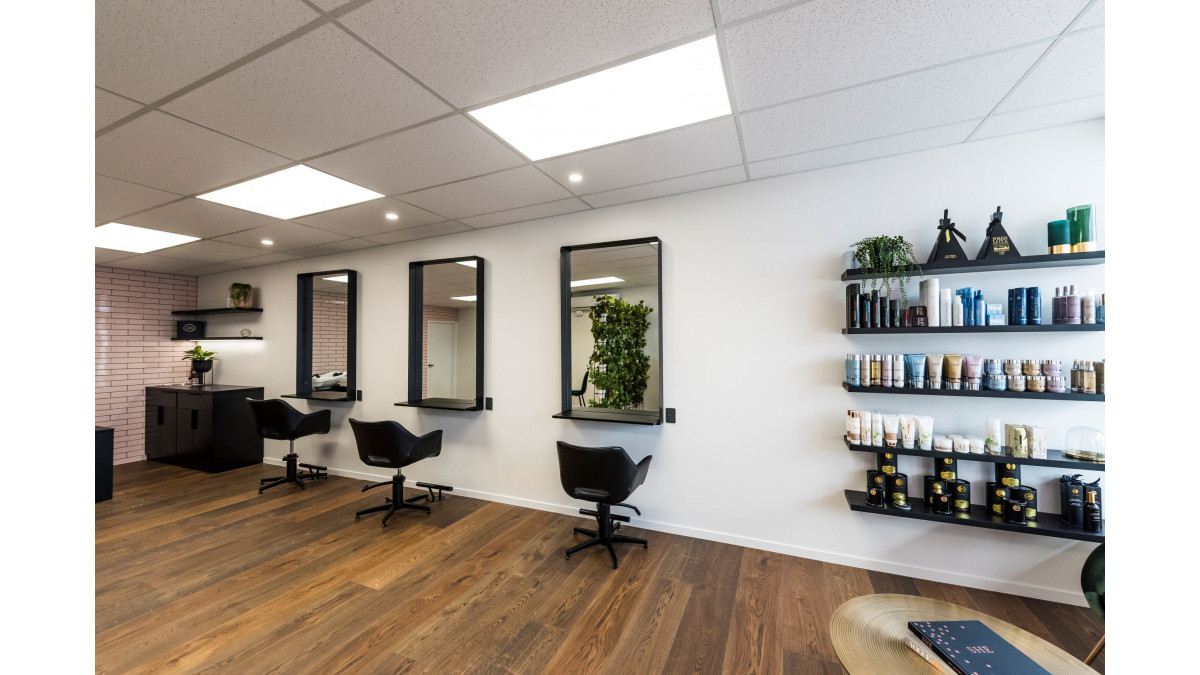
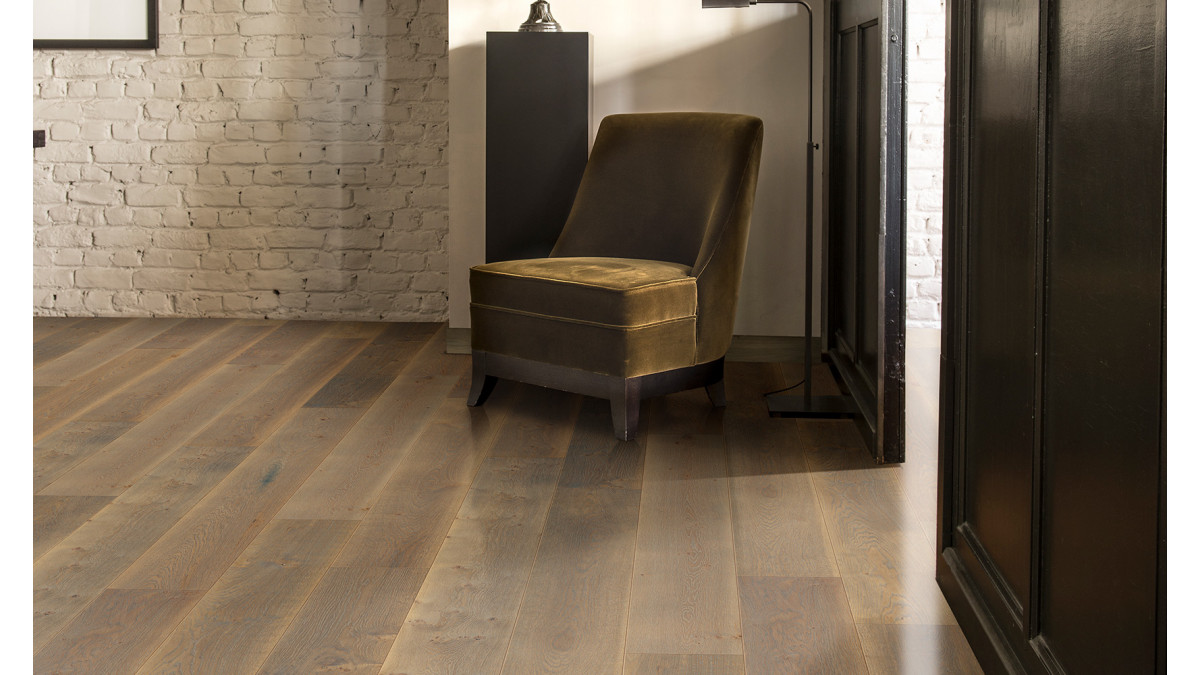



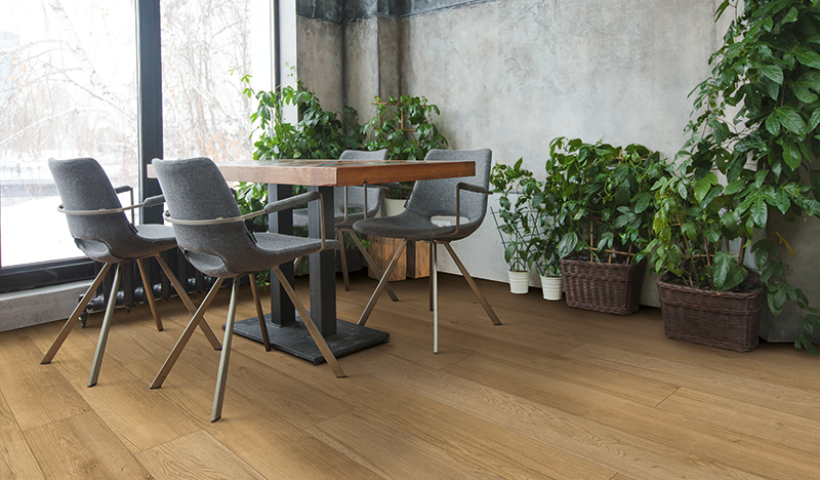

 Popular Products from Woodland Acoustics
Popular Products from Woodland Acoustics


 Most Popular
Most Popular


 Popular Blog Posts
Popular Blog Posts
